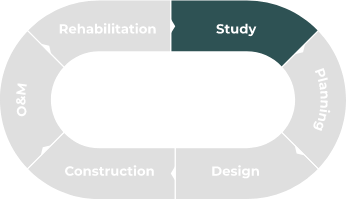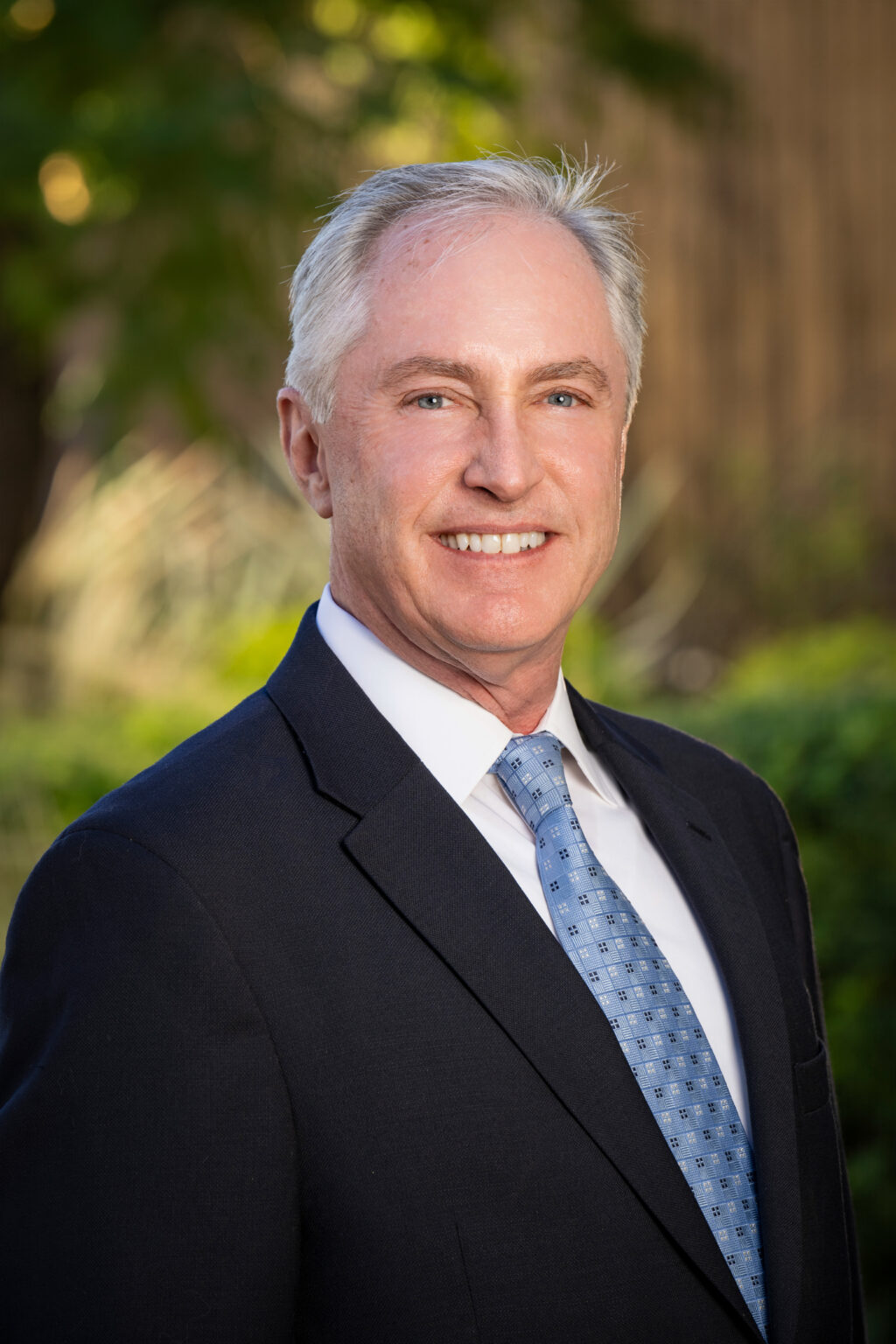Prescott Regional Airport Runway 3R-21L Extension Focused Planning Study
Runway extension study demonstrates need for runway enhancements for future commercial service success
Following the publication of the Prescott Regional Airport (Airport or PRC) Master Plan in 2019, the City of Prescott (City) approved funding for a runway extension focused planning study at the Airport. One of the more notable projects identified in the Master Plan was the extension of Runway 3R-21L and parallel taxiways C and D. The Master Plan identified the need for the runway and parallel taxiway extensions based on the current and forecasted operational needs of the existing commercial service airline.
The Runway 3R-21L rehabilitation project – for which Dibble led design – was the first key step in enhancing Runway 3R-21L, which led to the addition of United Express air service in August 2018. Since beginning service, United Express has brought a significant boost to the local, regional, and state economy. PRC is classified as a primary commercial service airport and is eligible for federal Airport Improvement Program (AIP) funding. The Airport serves the City, Yavapai County, Yavapai Reservation, Embry-Riddle Aeronautical University flight students, U.S. Forest Service, private aircraft owners, and local travelers as both a general aviation (GA) and commercial service airport.
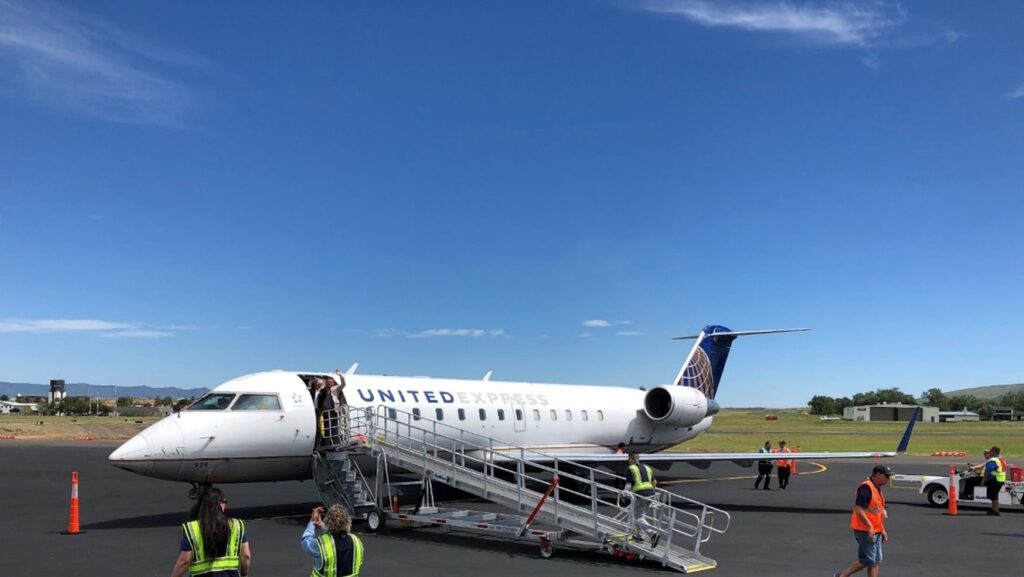
The continued success of commercial service at PRC is vital to the economic and fiscal vitality of the region, county, and state. At its current length, Runway 3R-21L poses several operational challenges to the airline. These challenges include effects of density altitude at PRC’s elevation on the aircraft’s performance, especially during the warmer summer months; air traffic control procedures in conjunction with the prevailing winds; and airline weight limits and federally mandated departure procedures. Since 2018, the operational constraints due to Runway 3R-21L’s existing length have caused the airline to decrease capacity on numerous flights departing PRC, resulting in the practice of involuntarily denying boarding to revenue-paying passengers. From August 2018 to December 2019, 650 seats were blocked from sale and/or passengers were denied boarding. Without an extension to Runway 3R-21L in the near future, these trends will continue for the airline, which could be severely detrimental to the continued success of providing commercial service to the surrounding community.
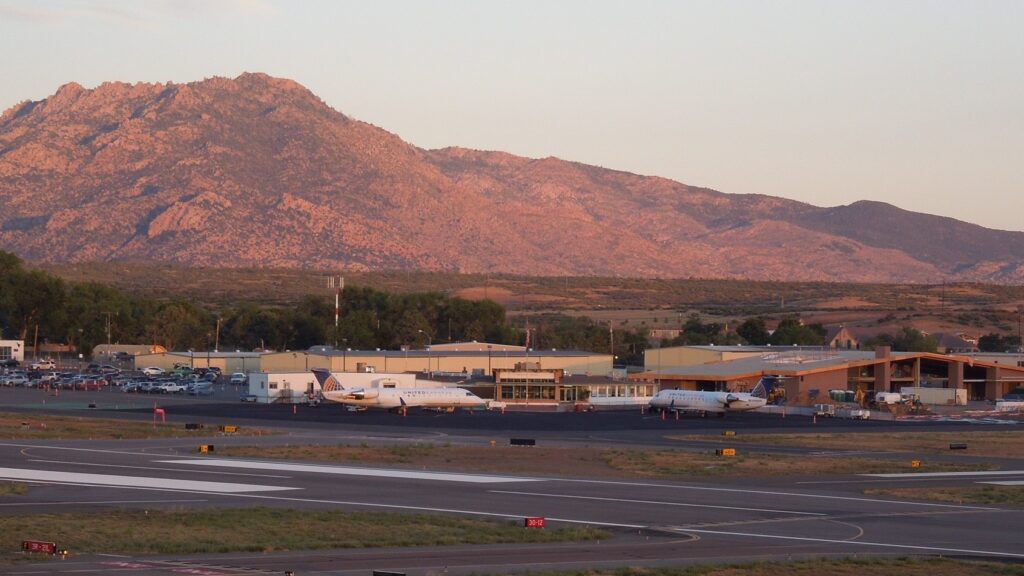
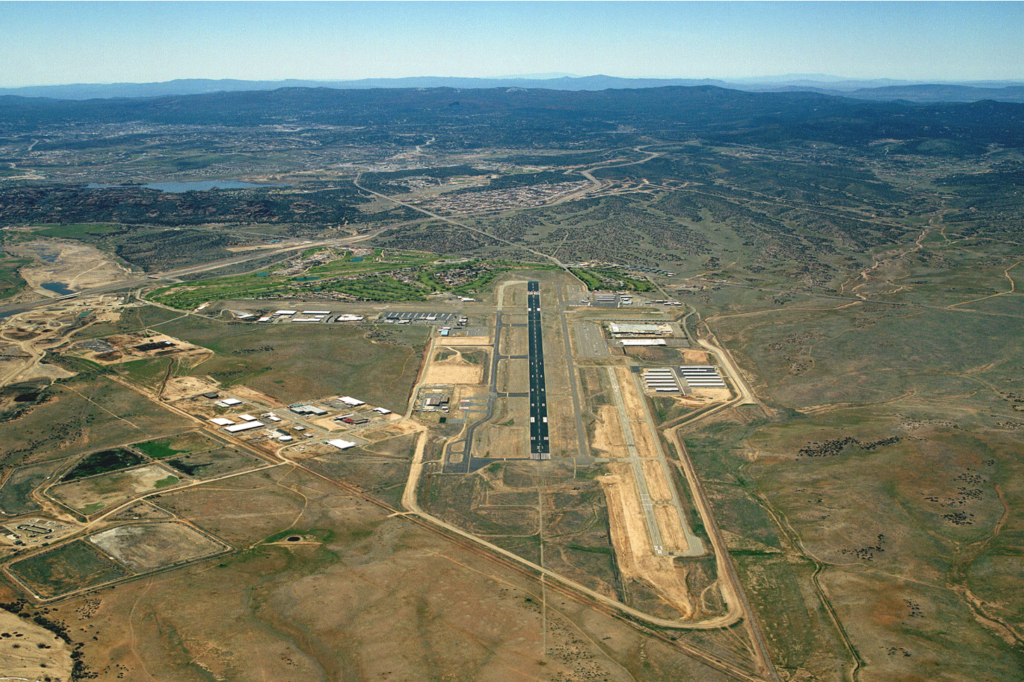
The primary goal of the study was to establish the purpose and need to extend the runway so the Federal Aviation Administration (FAA) can authorize the environmental clearance documentation phase. Through our work, Dibble determined the additional runway length needed for Runway 3R-21L and parallel taxiways C and D based on recommendations in the Airport’s Master Plan; provided justification for the proposed runway and taxiway extensions; estimated impacts of current runway constraints on airline and other stakeholder operations; determined potential impacts of construction on the airport and surrounding community; and provided detailed alternatives and cost estimates. This process included an in-depth analysis of related elements associated with the extension, such as pavement design, airfield drainage, mass grading, land acquisition costs, a summary of environmental impacts, and construction phasing scenarios. Our analysis also considered impacts to the air traffic control tower line-of-sight, U.S. Forest Service operations, instrument landing system (ILS) relocation, and instrument approach procedures (IAP).
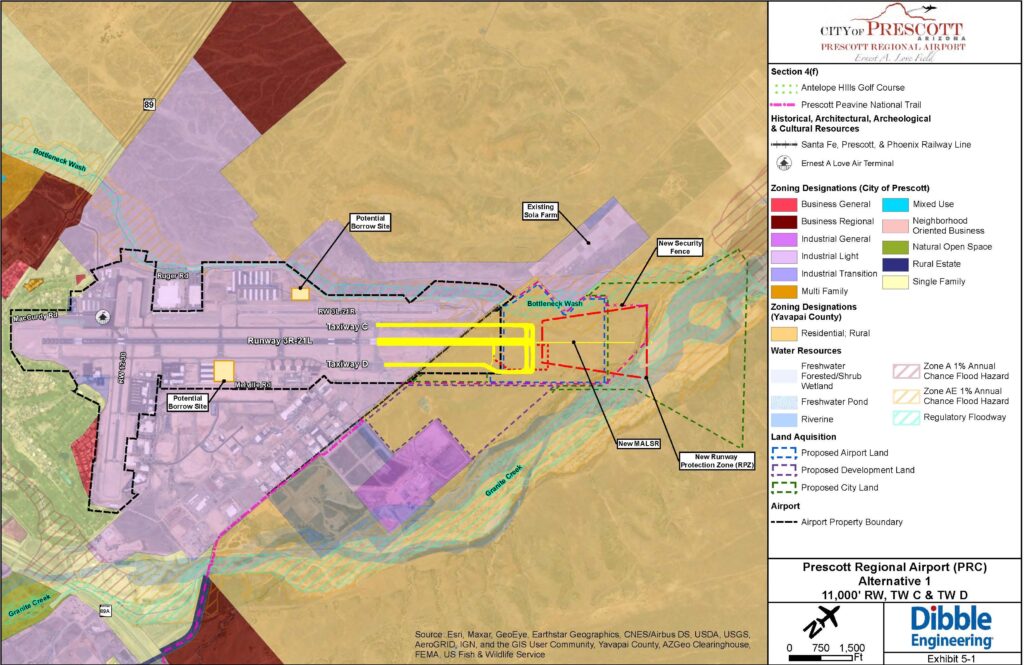
Dibble’s collaboration with the City for this study was successful in demonstrating the need for the extension of Runway 3R-21L. The preferred extension alternative is estimated to cost $64 million to be implemented over a five-year period. Through careful planning and implementation, it will pave the way for the continued viability of commercial service at PRC and economic development in the region.
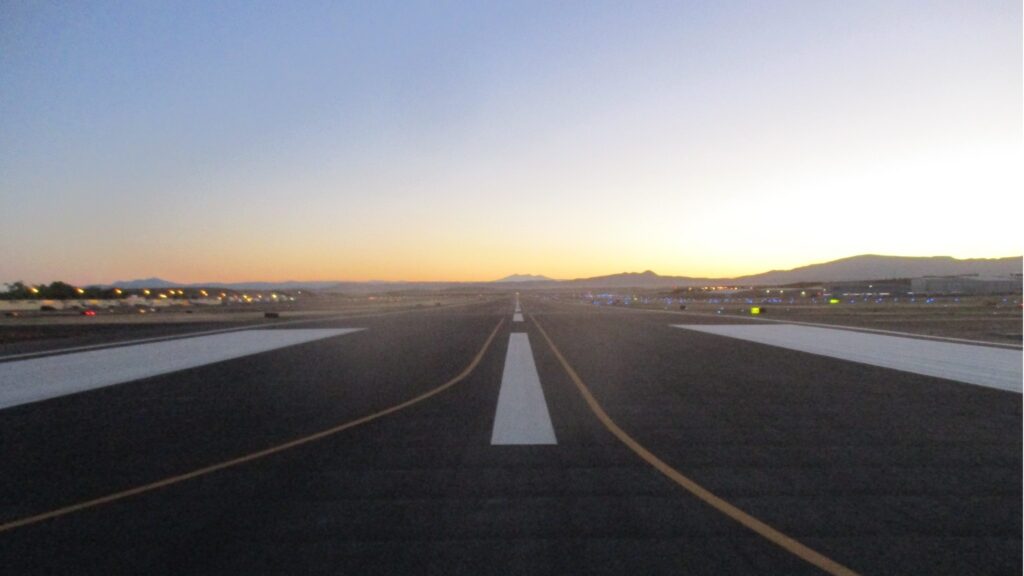
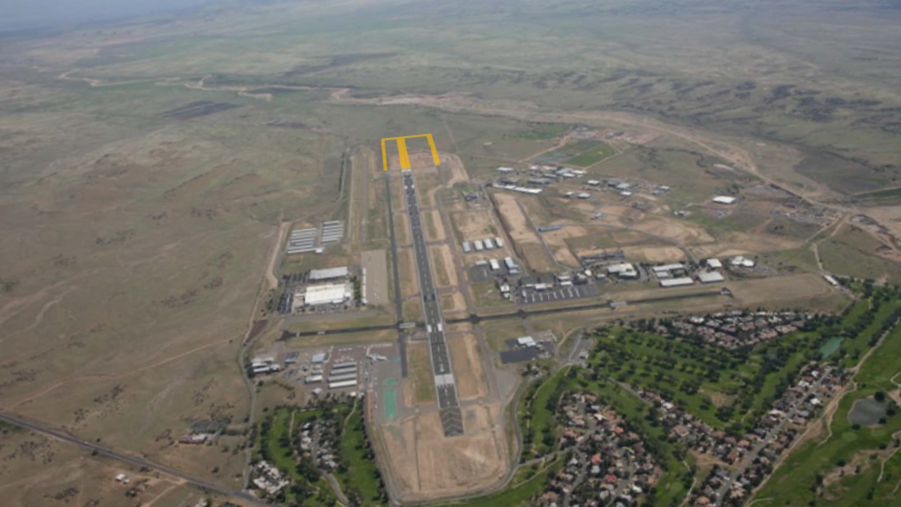
Details
Client
City of Prescott
Location
Prescott, AZ
Scope
$198K
Project Lifecycle
